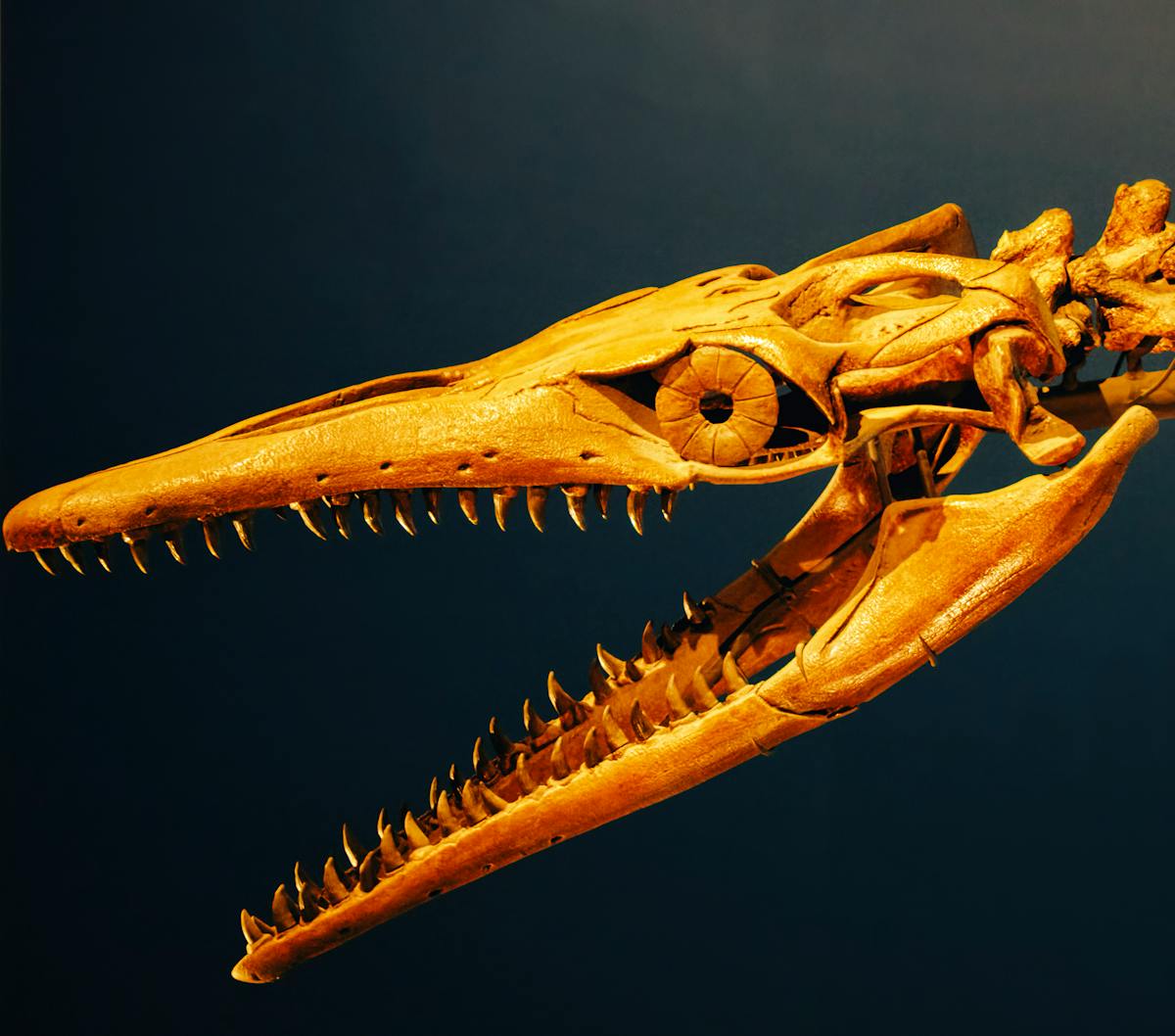Galileo Galilei, a key personality during the Scientific Revolution, is frequently recognized as the “progenitor of contemporary science.” Alive from 1564 to 1642, his contributions significantly altered our comprehension of the natural sphere, the universe, and the methodology of scientific investigation. His achievements extended across fields like physics, astronomy, mathematics, and engineering; however, these innovations also incited strong opposition from established authorities, resulting in his persecution by the Roman Catholic Church. To grasp both his findings and the causes of his troubles, it is crucial to explore the context, importance, and challenging consequences of his work.
Revolutionary Discoveries in Astronomy and Physics
Galileo is renowned for his groundbreaking work in the realms of astronomy and the application of the scientific method. One significant contribution was his enhancement and application of the telescope, a then-newly invented Dutch device. In 1609, he built one of the most advanced telescopes of his time, achieving magnifications close to 20×. This instrument allowed him to view the skies with unmatched precision, resulting in a series of remarkable discoveries:
1. The Satellites of JupiterIn January 1610, Galileo discovered four celestial bodies circling Jupiter—Io, Europa, Ganymede, and Callisto—now recognized as the Galilean moons. Observing these bodies delivered tangible proof that not all heavenly objects revolve around Earth. This directly questioned the geocentric theories prevalent in Europe, especially the enduring Ptolemaic model, which positioned Earth at the center of the universe.
2. Venus’s PhasesGalileo noted that Venus experiences a complete sequence of phases like those of the Moon. The Ptolemaic system couldn’t explain these phases. Rather, they supported the heliocentric theory by Nicolaus Copernicus, which suggested that planets, Earth included, revolve around the Sun.
3. Surface of the Moon and Sunspots Contrary to the smooth and flawless surface that Aristotle and scholastic traditions claimed, Galileo observed that the Moon was characterized by mountains and craters. Additionally, he recorded sunspots—darker areas on the Sun’s exterior that evolved over time. These discoveries challenged the dominant belief in the unchanging and perfect nature of celestial bodies.
4. Countless Stars in the Milky WayWith his telescope, Galileo discovered that the Milky Way resolved into thousands of stars, vastly increasing the estimated scale and complexity of the cosmos.
5. Law of Falling Bodies and Projectile MotionIn physics, Galileo challenged the concepts of Aristotle by performing experiments (supposedly at the Leaning Tower of Pisa) demonstrating that objects descend at the same speed irrespective of their mass, ignoring air resistance. He additionally explained the principle of inertia and improved the comprehension of projectile motion, paving the way for Newtonian physics.
The Revolutionary Influence of Galileo’s Discoveries
Galileo’s discoveries did far more than challenge academic theories; they undermined a worldview deeply embedded in religious, philosophical, and cultural institutions. The Ptolemaic (Earth-centered) model was not simply a scientific framework—it was enmeshed with theological doctrines and medieval scholasticism, which drew heavily on Aristotle.
His observations, publicized in accessible works such as Siderius Nuncius (“Starry Messenger”) and Dialogue Concerning the Two Chief World Systems, excited curiosity but also sparked controversy. The heliocentric model, if accepted, implied that Earth was not the universe’s focal point—a notion that ran counter to scriptural interpretations and long-held beliefs about humanity’s place in creation.
Causes of Galileo’s Prosecution
Several interwoven factors led to Galileo’s persecution by the Roman Catholic Church:
1. Conflict with Scripture-Based CosmologyChurch officials maintained that the Bible explicitly supported a stationary Earth at the universe’s center. Galileo’s support of heliocentrism appeared to contradict passages like Joshua 10:13 (“the sun stood still”), raising accusations of heresy. Critics within the Church argued that scientific outcomes could not override scriptural truths.
2. The Counter-Reformation ClimateThe early seventeenth century marked the height of the Counter-Reformation, where the Roman Catholic Church was vigilant about preserving doctrinal unity in response to Protestant challenges. Copernican theories, and by extension Galileo’s advocacy, were viewed as potential threats to ecclesiastical authority and social order.
3. Personal and Institutional RivalriesGalileo was a persuasive, sometimes combative debater who humiliated academic and clerical opponents in public discussions. His publication Dialogue Concerning the Two Chief World Systems (1632) portrayed supporters of geocentrism as foolish, even attributing the simplest arguments to a character resembling Pope Urban VIII. This affront offended powerful figures who might otherwise have protected him.
4. Official Condemnation and RecantationIn 1616, the Church formally labelled heliocentrism “formally heretical.” Although Galileo initially promised not to advocate Copernican ideas, he continued his research and published works that implicitly supported them. The Inquisition summoned him in 1633, and under threat of torture, Galileo recanted his views and was sentenced to house arrest for the rest of his life. His works were banned, stifling scientific communication across Europe.
Galileo’s experience became a landmark in the struggle between science and religious authority. His condemnation effectively silenced open discussion of heliocentrism in Catholic Europe for a century. Despite this, his methods—emphasizing direct observation, experimentation, and logical analysis—spread widely. Later scientists like Isaac Newton drew extensively on Galileo’s work.
Legacy for the science of today
Centuries later, the Church revisited the Galileo affair. In 1758, the ban on heliocentric works was lifted. Notable is the 1992 formal acknowledgment by Pope John Paul II that the Church had erred in its handling of Galileo’s case.
Galileo Galilei’s findings extended beyond the realm of knowledge expansion; they shed light on the significant issues involved in challenging long-standing frameworks. His oppression symbolizes not only a historic conflict between science and church doctrines but also the intricate dilemmas that emerge when groundbreaking concepts challenge established power and perspectives. The resonance of his trials can be followed through contemporary discussions surrounding scientific reasoning and the liberty of research, emphasizing the subtle interaction between innovation, society, and authority.




